About Amherst – By the Numbers*
46,500+
homes under management
$130M
invested in local vendors
315,000+
residents served
$4.1B+
invested in home preservation
1,300+
Amherst team members
1,700+
local vendor partners
32
U.S. markets
220
counties
19
states Amherst operates in
Amherst Housing Solutions
Renovated Single-Family Homes for Lease
Build-To-Rent Communities
Housing Incubator:
- For-Sale Homes
- StudioBuilt™ homes
Amherst Supports Our Residents’ Housing Stability
CARES: Industry-First Approach to Empowering Residents
Launched in 2017, the CARES (Client Assessment Resources and Empowerment Services) program educates residents and empowers them to achieve greater housing stability through resource sharing, advocacy, and social-emotional support. CARES has served over 6,000 residents*. CARES offers applicants rental & utility assistance, financial empowerment programming and personalized case management for each resident.
We promote housing stability by:
- Resource sharing
- Advocacy
- Social emotional support
*Data since inception and as of Q2 2022

Explore our 2024 Impact Report
Amherst Values at Work
Our Residents
Our Communities
Our Environment
The Future of Housing
Amherst Gives Back
The Amherst Foundation
Seeks to strengthen the communities we live and work in, by contributing to organizations that provide critical social services for those in need.
CapCityKids
The Amherst Impact: Before and After
Amherst provides families with greater choices to access quality, sustainable housing in communities of opportunity. We renovate houses that are often unsafe and uninhabitable to make them livable for families, typically spending $35,000 renovating each home. See before and after images of some of our substantial renovation work below:
Charlotte, NC
Estimated renovation cost at time of purchase: $137,000
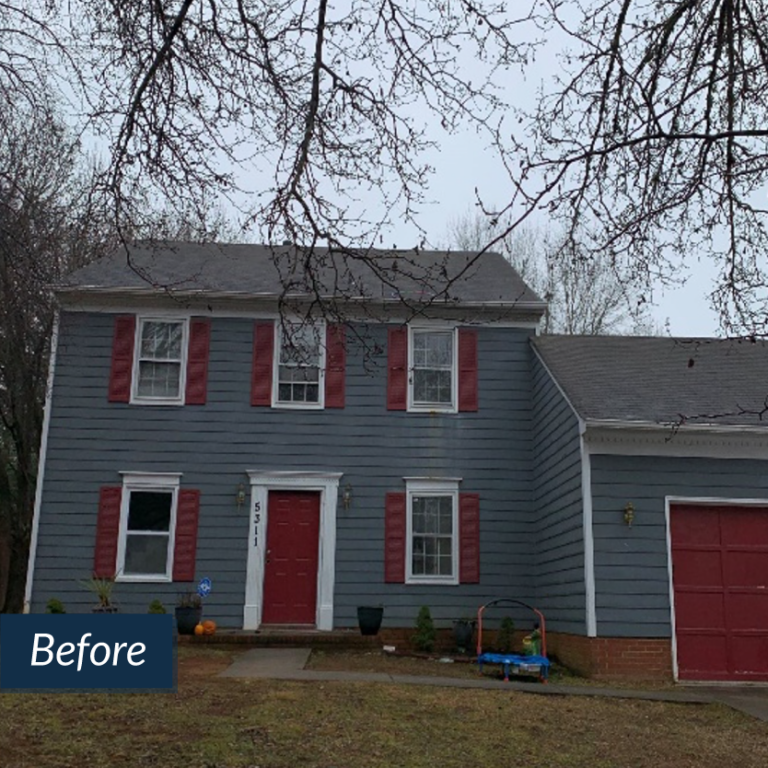

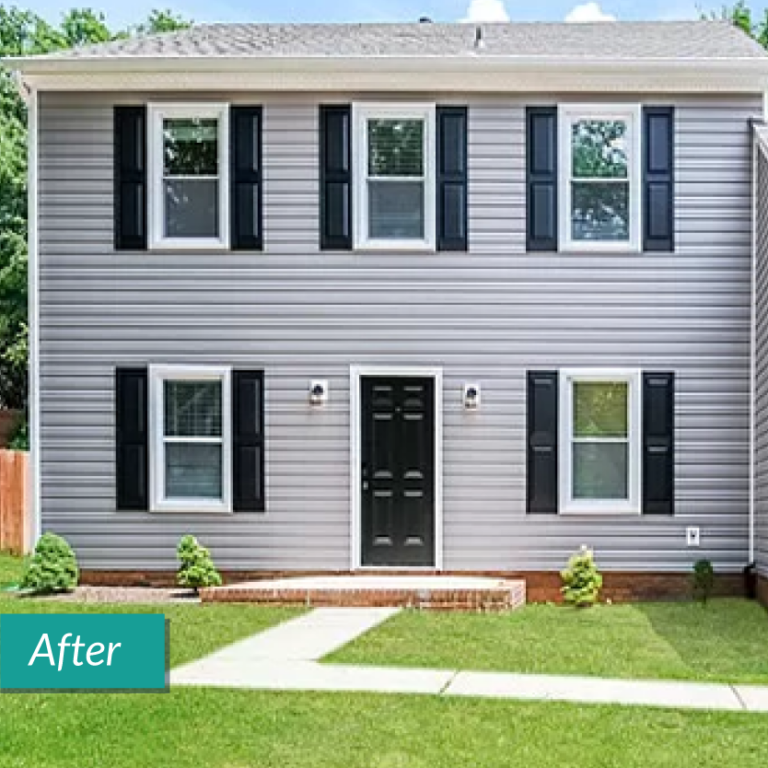
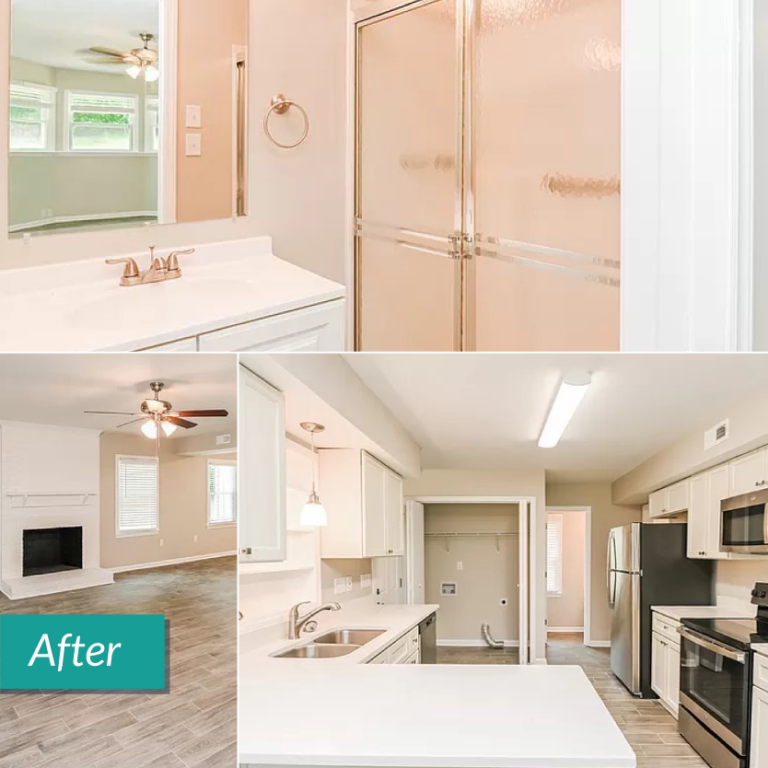
Columbus, OH
Estimated renovation cost at time of purchase: $70,000
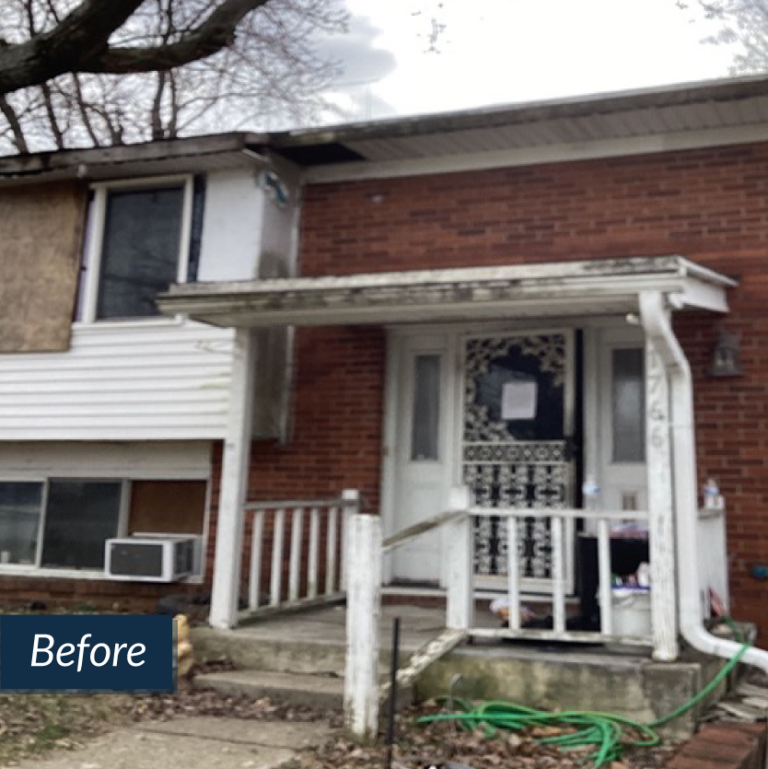
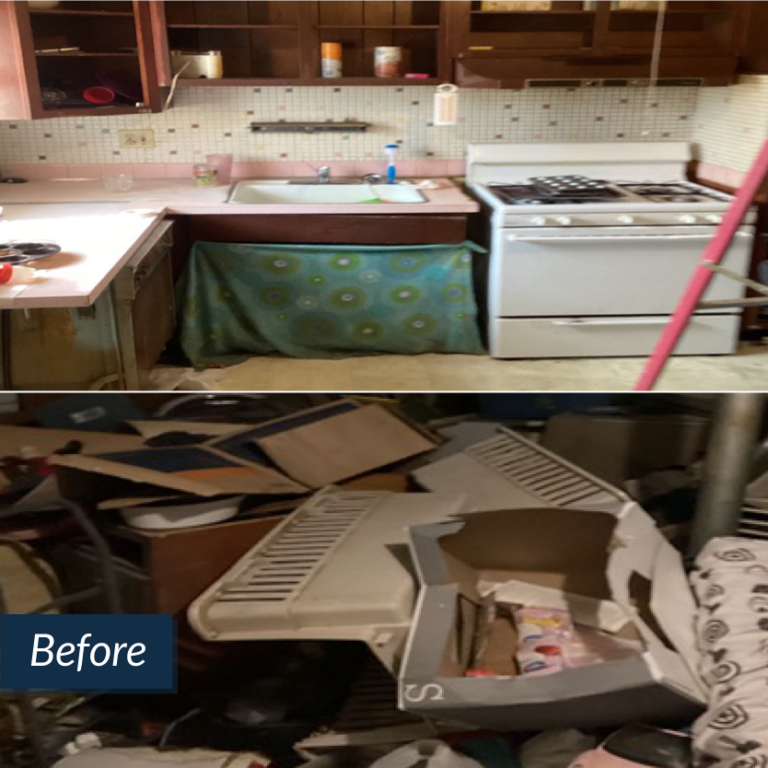


Houston, TX
Estimated renovation cost at time of purchase: $140,000
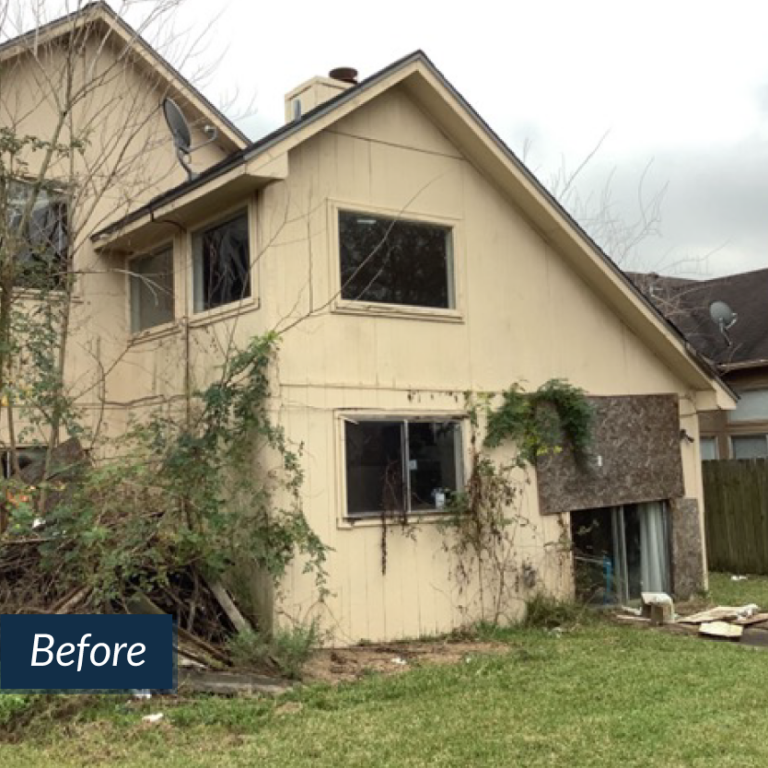
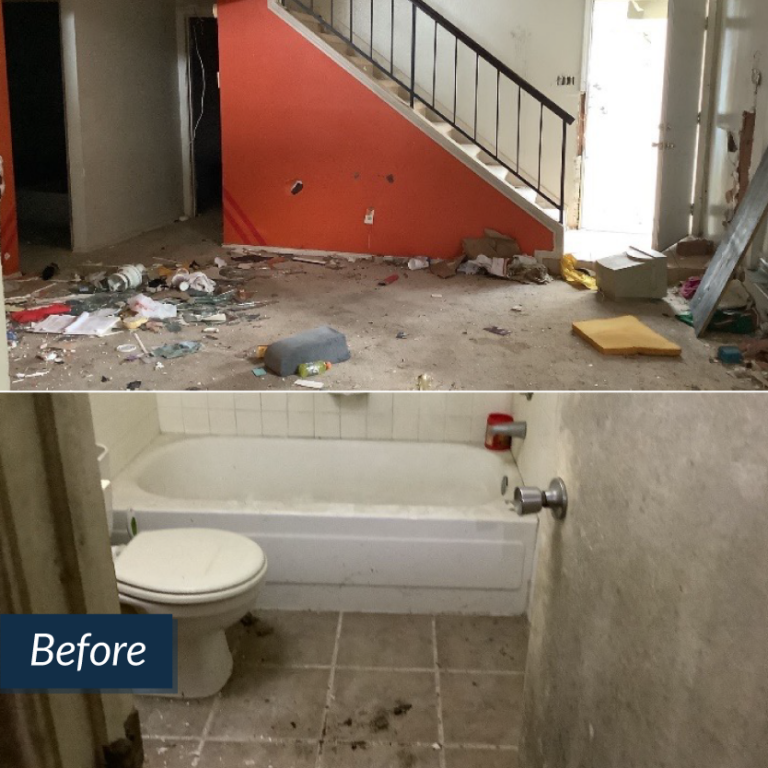
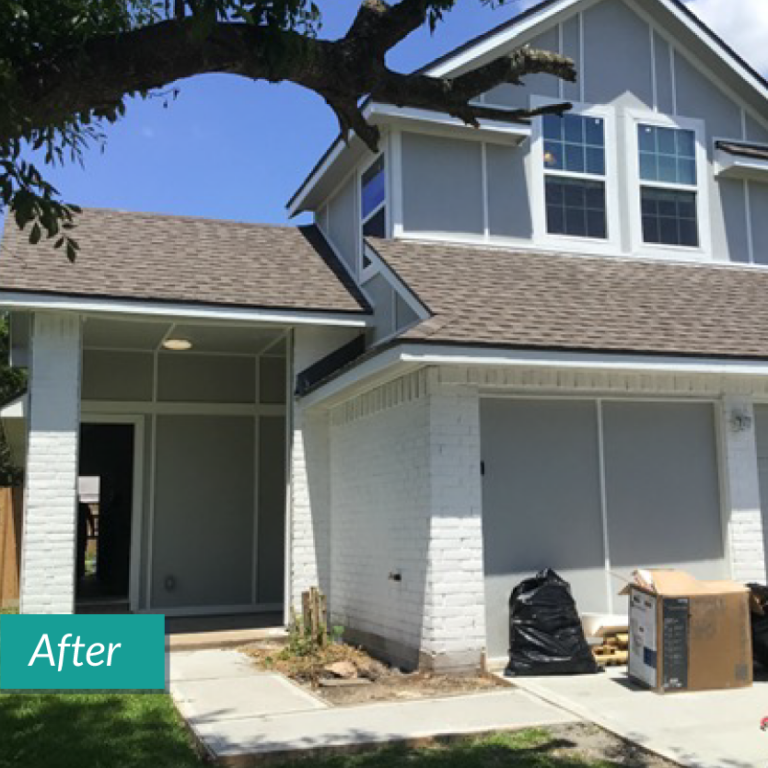

Housing Market Fast Facts
Overview
There are 142 million housing units in the U.S. with a total value of over $43 trillion, more than double the U.S. GDP.[2]
Private developers renovating housing creates 225 jobs and $9,000 in tax revenue per thousand homes renovated. [3]
The US homeownership rate in 2021 was 65.5%. Since 2016, the homeownership rate has only risen by 2.8%.[2]
House prices have grown 10.4% in 2022, with increases in 2023 projected to be an additional 5%. The national average median sale price increased by 15.4% to $424,146 year-over-year in 2020.[4]
Rental vacancy rates have always been low but they reached their lowest levels in 20 years. Regions with the highest immigration saw rates as low as 4%.[2]
The median age of U.S. owner-occupied housing stock is gradually aging, increasing from a median age of 31 years in 2005 to a median age of 39 years in 2019. This indicates a low supply and strong rising demand for new construction over the long run, as current owner-occupied housing stock is older.[5]
Over the past 15 years, the number of renter occupied housing units has increased by almost 10 million.[8]
Key Housing Statistics
The housing market is a core pillar of the American economy contributing 15% of American GDP and supporting millions of jobs across all 50 states.[1]
In 2021, full-year housing sales were 6.9 million, they are projected to slow to 6 million in 2022, and 5.4 million in 2023.[6]
The current 30-year fixed mortgage rate is 5.3%, and projected to average 5% in 2022, with a slight rise to 5.1% in 2023.[6]
Since 2000, there has been a 27 percent increase in rental households , with only a 10 percent increase in owner households.[7]
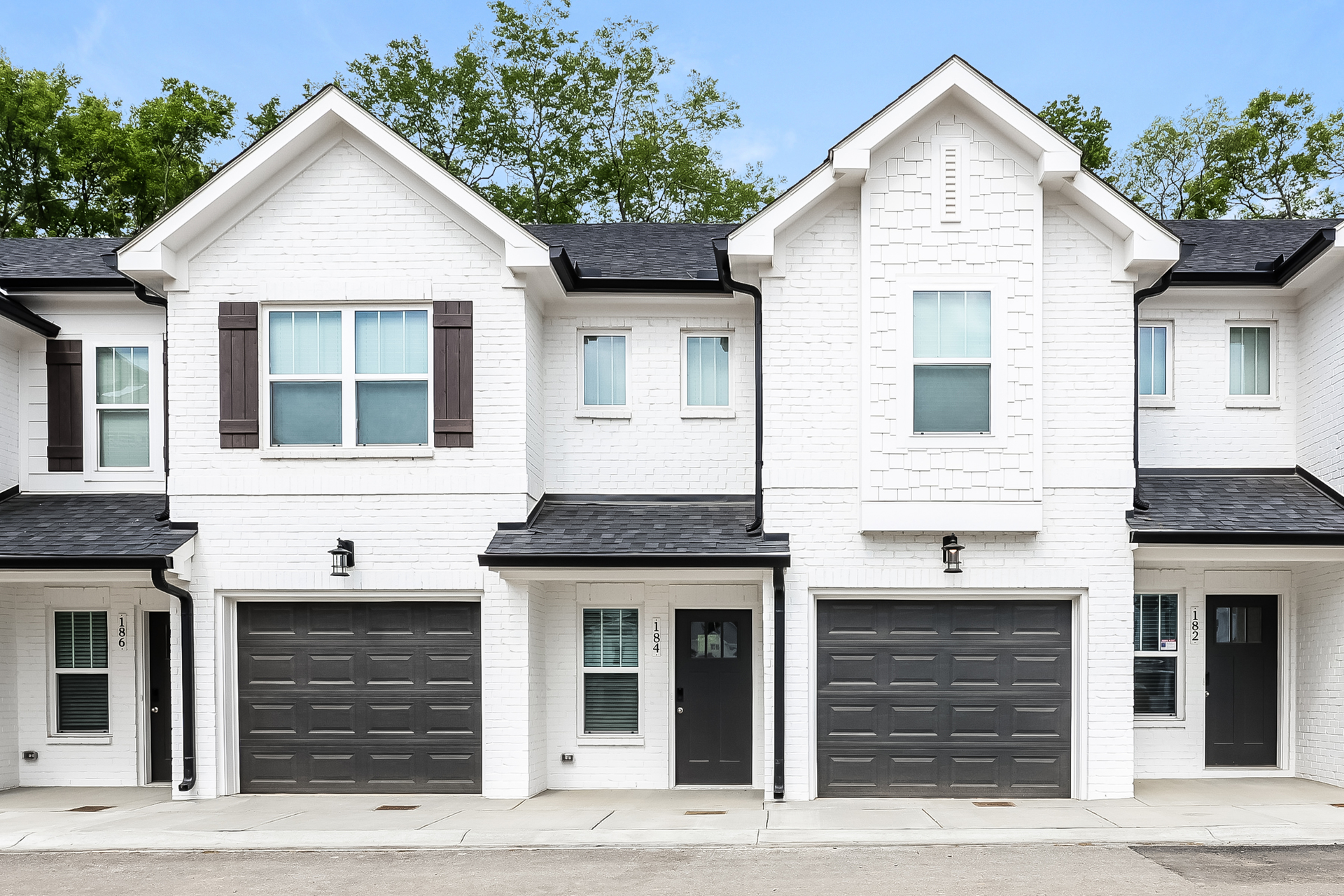
Gallatin, Tennessee
[1] National Association of Homebuilders ‘Housing’s Contribution to Gross Domestic Product’ data as of Q2 2022
[2] U.S. Census Bureau Housing Vacancies and Homeownership data as of Q1 2022, https://www.census.gov/housing/hvs/data/histtab19.xlsx
[3]Amherst, https://www.nahbclassic.org/fileUpload_details.aspx?contentTypeID=3&contentID=272642&subContentID=738975&channelID=311; as of 2020
[4] Freddie Mac, https://freddiemac.gcs-web.com/news-releases/news-release-details/freddie-mac-purchase-market-will-remain-solid-even-rates-rise April, 18 2022
[5] 2019 American Community Survey, https://data.census.gov/cedsci/table?q=Owner%2FRenter%20%28Householder%29%20Characteristics&d=ACS%205-Year%20Estimates%20Data%20Profiles&tid=ACSDP5Y2020.DP04
[6] Freddie Mac, https://www.freddiemac.com/research/forecast/20220720-quarterly-forecast-market-slowdown-will-continue-high-rates-and-prices-exacerbate
[7] HUD PD&R National Housing Market Summary Q4 2021, page 16, https://www.huduser.gov/portal/sites/default/files/pdf/National-Summary-4Q21.pdf
[8] U.S. Department of Housing and Urban Development, Office of Policy Development and Research Surveys National Housing Market Summary Q4 2021, page 16 and US Housing Market Conditions Q3 2006, Page 29
Housing Myths and Realities
Myths
Realities
Myth #1:
Creating barriers to homeownership
Reality #1:
Lending standards restrict access to homeownership
85% of single-family renters would NOT qualify for a mortgage under today’s tightened credit standards
Myth #2:
Driving up home prices
Reality #2:
Underbuilt supply is driving home prices
Myth #3:
Driving up rents
“The industry is taking advantage of the nation’s housing shortage and artificially driving up rents to increase revenues”
Reality #3:
Surging demand & inflation driving rent increases
Supply chain issues & high materials costs putting upwards pressure on rents: cost to turn a home up 84% vs. Jan. 2020
Demand for SFR is through the roof: 97%+ occupancy
Myth #4:
Higher eviction rates
Reality #4:
Flexibility and understanding drive retention practices
Myth #5:
Predatory eviction practices
Reality #5:
Fair and equal treatment drive resident process
Myth #6:
Poor property management
Reality #6:
Maintaining quality of homes is always a priority
Bi-weekly audits done on vacant homes, each home receives a 300+ point stress test between leases
The $ amount spent to perform annual maintenance on each home in Q4 2021 was even higher than pre-COVID levels
Overview
The housing market is a core pillar of the American economy contributing 15% of American GDP and supporting millions of jobs across all 50 states.
There are 142 million housing units in the U.S. with a total value of over $43 trillion, more than double the U.S. GDP.
Private developers renovating housing creates 225 jobs and $9,000 in tax revenue per thousand homes renovated
The US homeownership rate in 2021 was 65.5%. Since 2016, the homeownership rate has only risen by 2.8%.
8.3 million more renters have been added to the U.S. over the past 15 years.
Rental vacancy rates have always been low but they reached their lowest levels in 20 years. Regions with the highest immigration saw rates as low as 4%.
In 2021, full-year housing sales were 6.9 million, they are projected to slow to 6 million in 2022, and 5.4 million in 2023.
House prices have grown 10.4% in 2022, with increases in 2023 projected to be an additional 5%. The national average median sale price increased by 15.4% to $424,146 year-over-year in 2020.
The median age of U.S. owner-occupied housing stock is gradually aging, increasing from a median age of 31 years in 2005 to a median age of 39 years in 2019. This indicates a low supply and strong rising demand for new construction over the long run, as current owner-occupied housing stock is older.
Key Housing Statistics
The housing market is a core pillar of the American economy contributing 15% of American GDP and supporting millions of jobs across all 50 states.
Source: National Association of Home Builders
In 2021, full-year housing sales were 6.9 million, they are projected to slow to 6 million in 2022, and 5.4 million in 2023.
Source: Freddie Mac
The current 30-year fixed mortgage rate is 5.3%, and projected to average 5% in 2022, with a slight rise to 5.1% in 2023.
Source: Freddie Mac
Since 2000, there has been a 27 percent increase in rental households , with only a 10 percent increase in owner households.

Amherst Opening Doors: Growth of Single-Family Rentals
Consumers who want or need to lease a home, require a broader set of choices and higher-quality services. Institutional single-family rental homes provide that option to America’s growing population of renters looking for a safe, reliable place to live.
Single-family rentals provide families the space, quality, and lifestyle of a single-family home, which many would not be able to access due to financial restraints that have existed since the Great Financial Crisis and that have been exacerbated by Americans’ response to the COVID-19 pandemic.

